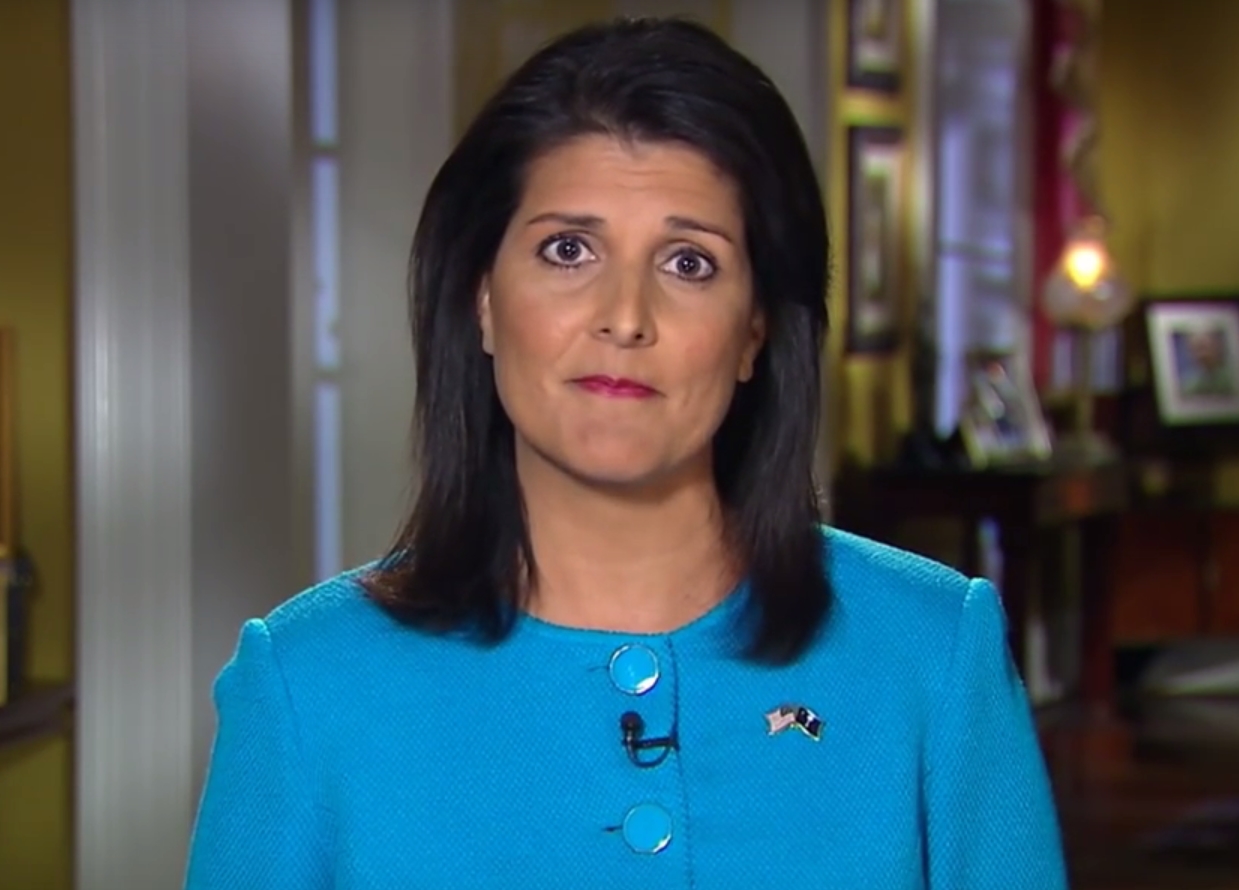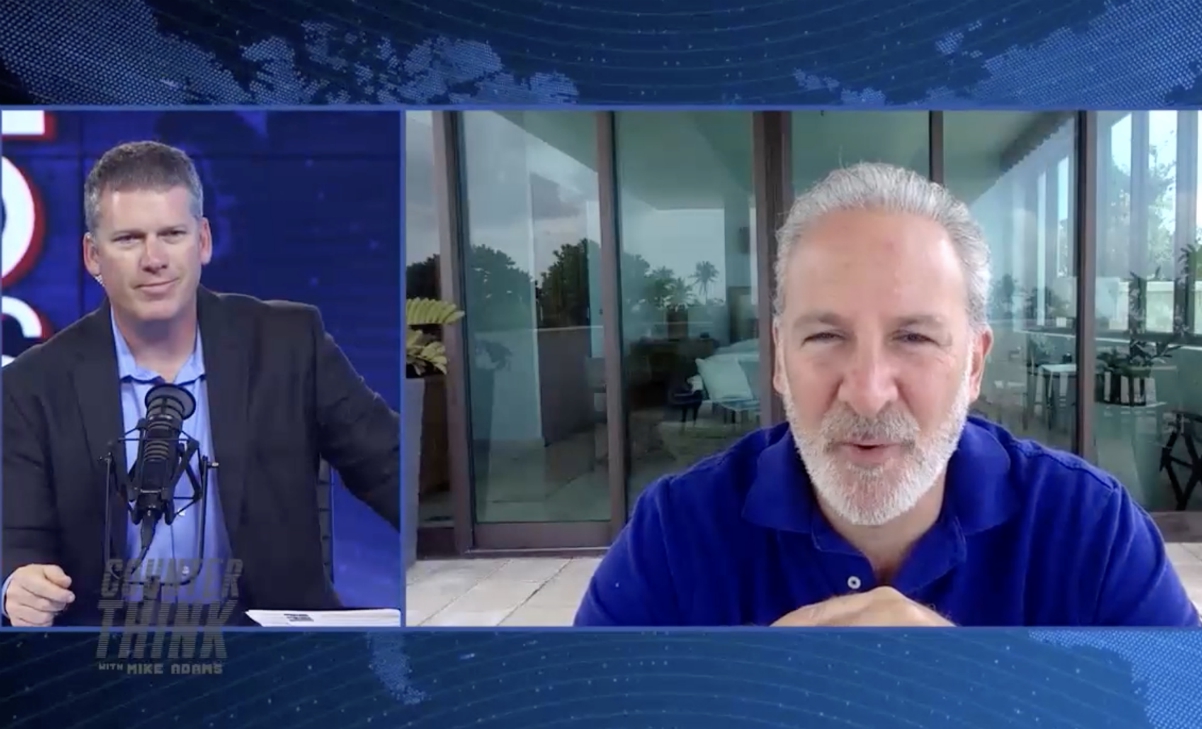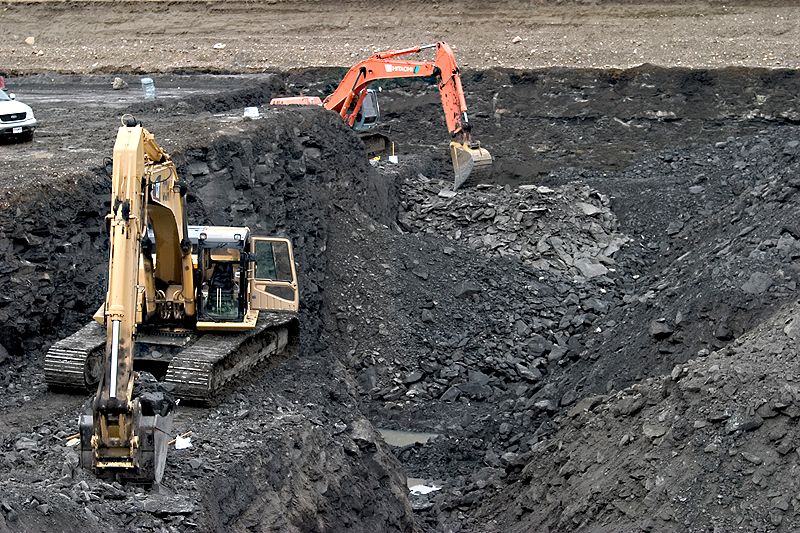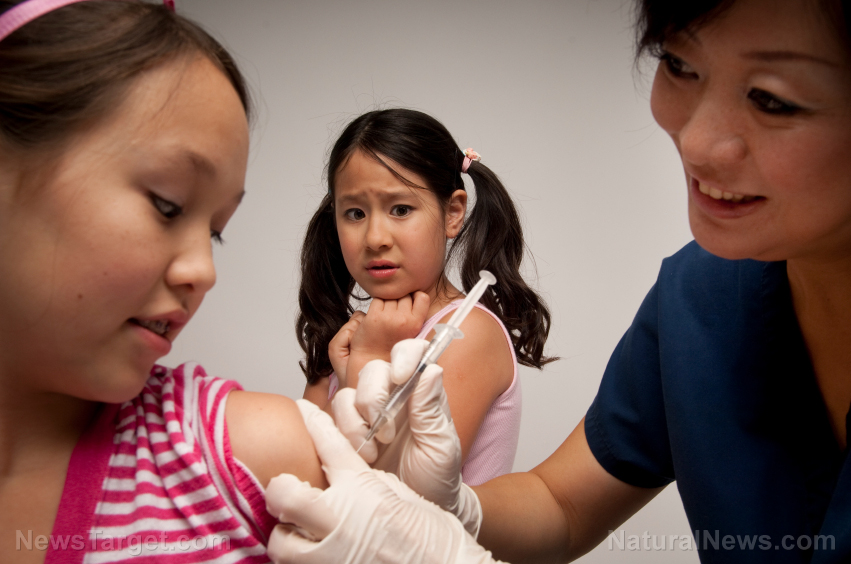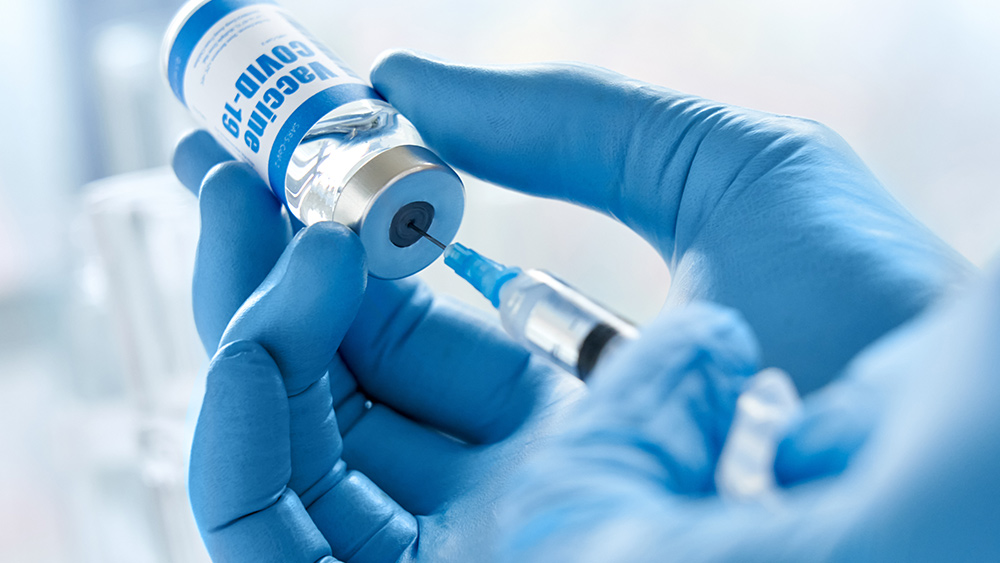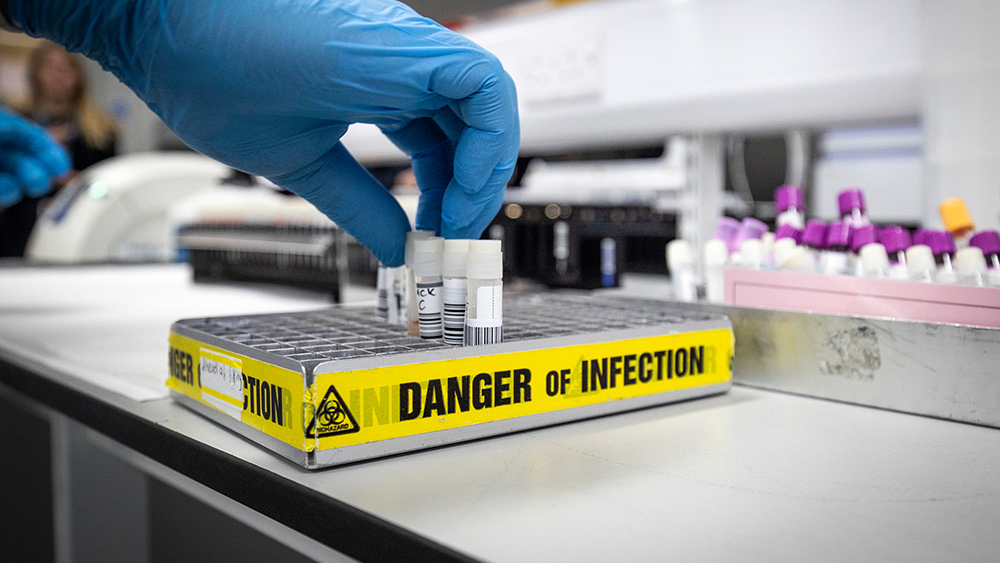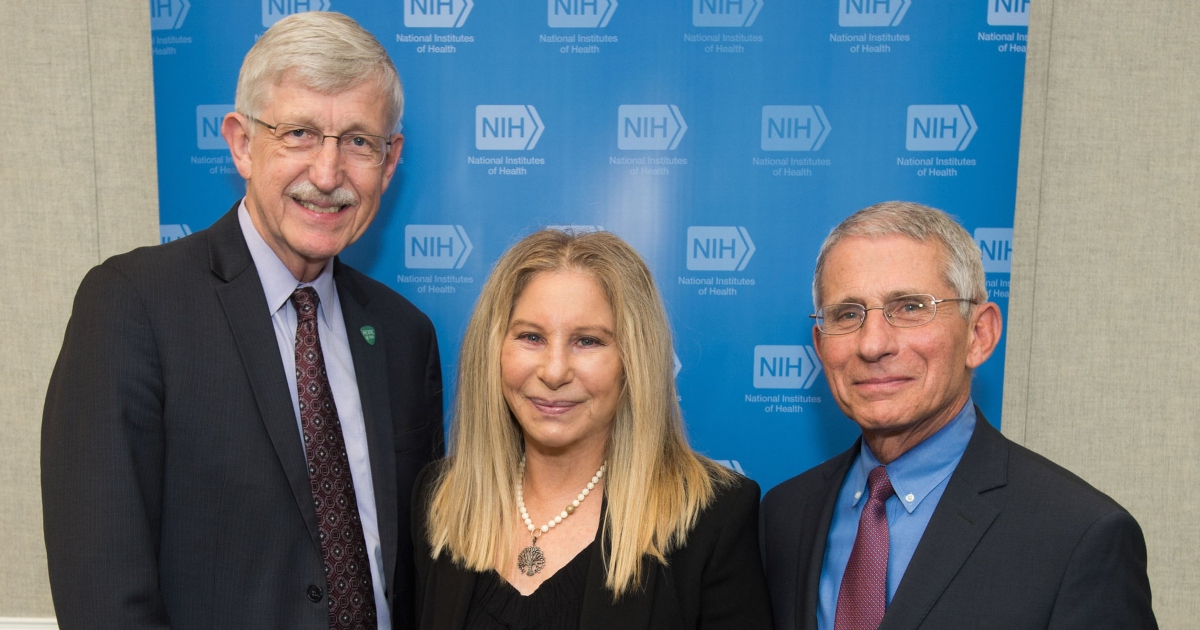
This is according to data listed on the Canadian government's vaccination coverage dashboard, which shows that just 14.6 percent of Canadians have received the XBB.1.5 COVID-19 booster shot. Even elderly Canadians are forgoing the shot, with 52 percent of those aged over 80 avoiding the latest booster.
When broken down by age, 28.1 percent of those aged 60 to 69 have received the booster, while just 13.5 percent of people in the 50 to 59 age range and 8.9 percent of those in the 40 to 49-year-old range have gotten the jab. The booster uptake rate for Canadians aged 30 to 39 is just 6.9 percent, while only 3.7 percent of those aged 18 to 29 have received the booster.
Statistics also show that uptake has been lower in males, at 13.3 percent, than females, where the percentage is 15.8.
There are also variations among provinces, with just 15.5 percent of those in Alberta getting the jab. However, in British Columbia, where a vaccine mandate is still in effect for healthcare workers, the uptake rate is 23.1 percent.
Negative effects of COVID-19 vaccines can no longer be ignored
It’s a trend that is being seen in many countries as the side effects of COVID-19 vaccines continue to come to light and it becomes harder for the mainstream media and medical establishment to ignore them. In Canada, reports that Prime Minister Justin Trudeau’s government knew the vaccines came with unknown risks when they entered into a contract with Pfizer in 2020 could be impacting the low booster take-up rate as well.
The contract, which was for millions of doses of Pfizer’s experimental mRNA shot, showed that the government agreed to accept the vaccine’s unknown long-term safety and efficacy. By signing the contract, the government also acknowledged that the jab and its ingredients had been “rapidly developed due to the emergency circumstances of the COVID-19 pandemic” and would be subject to further study after being rolled out and administered to the public.
Last month, a Canadian MP sent an information request to Health Canada inquiring about whether they had any clinical data indicating if the newest COVID-19 vaccine was safe and effective.
Another reason for the low uptake could be that the Pfizer COVID-19 booster being offered targets the XBB.1.5 variant, which is mostly gone in Canada; the dominant strain there at the moment is EG.5.
Increasing numbers of people are foregoing the jab, including those who were perfectly willing to get the original COVID-19 shots, as more information is revealed about their dangers.
Research shows that 1 out of 35 people who have received the booster have myocardial damage, according to a peer-reviewed study conducted by the European Society of Cardiology in March. Meanwhile, a Canadian study found that 17 countries have identified a “definite causal link” between all-cause mortality peaks and the quick rollouts of vaccines and boosters.
The Canadian Vaccine Injury Program (VISP) has already paid out more than $6 million to people who were injured by COVID-19 jabs, while a further 2,000 claims have yet to be settled.
In the U.S., data from the Vaccine Adverse Events Reporting System (VAERS) indicated that more than 72 percent of all death reports in the system’s 33-year history are attributed to the COVID-19 vaccine, which amounts to roughly 676,000 Americans.
Sources for this article include:
Please contact us for more information.










